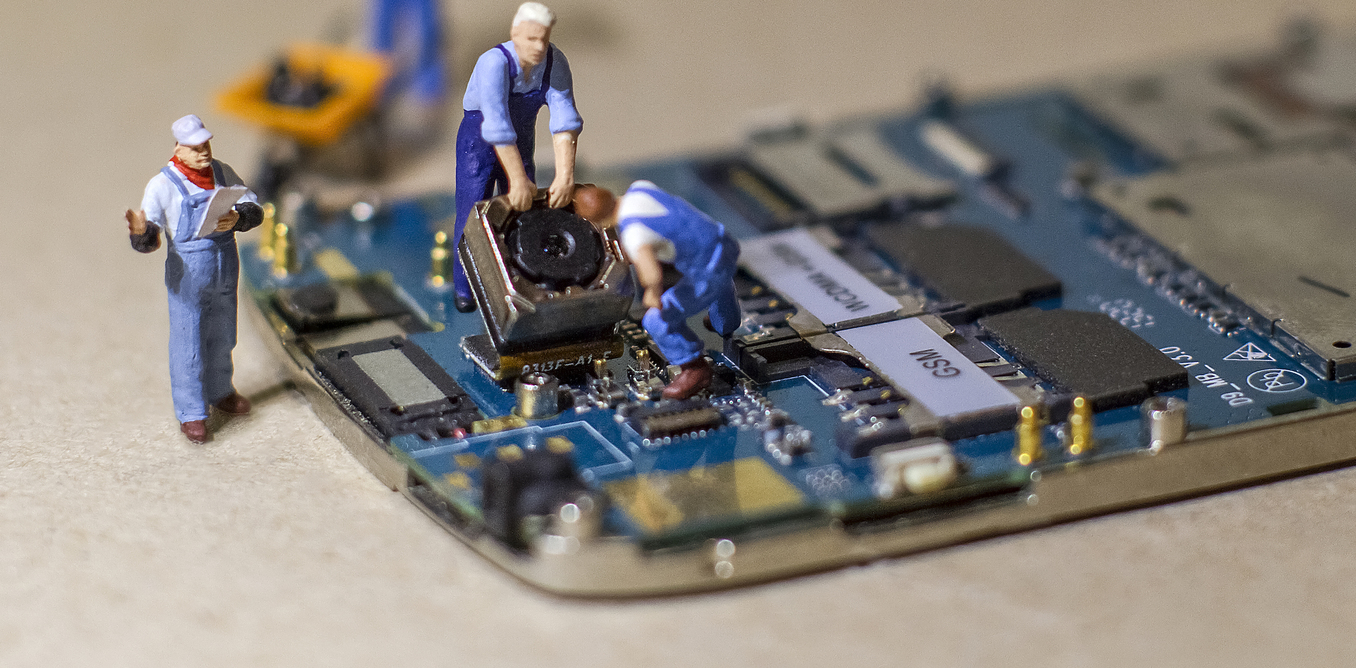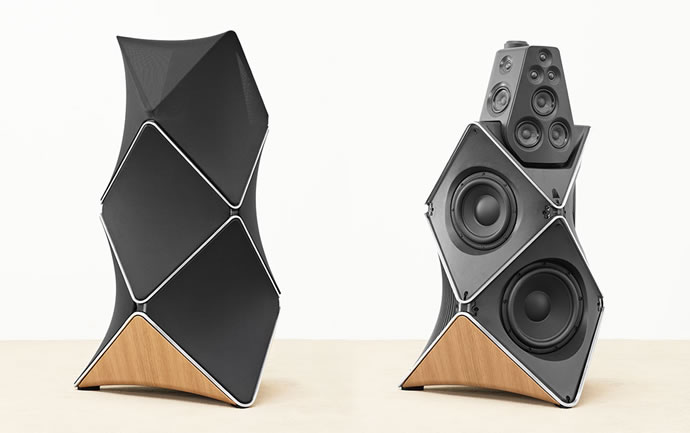Unique Uses of Silver in Electronics & Technology
Posted by Silver Forte on May 30th 2018
Silver’s demand in the industry has risen over the last five years. It’s being used in different industries, including electronics and technology. This is because silver has several incredible properties including strength, malleability and ductility. Because of its physical properties, silver has been used in industrial applications, light, touch screens, semiconductors and so much more.

With a chemical symbol of Ag, silver is a highly versatile element. Among all of the elements, it has the highest thermal conductivity level, which is why it’s being used in applications that rely on conductivity. In electronics and technology, silver is used in its pure form, in minerals, or as an alloy mixed with other metals. In fact, silver is considered to be the second most valuable metal after gold. It’s the ultimate metal for conducting heat and electricity and it efficiently reflects light.
Here are some of the ways silver is used in electronics and technology today:
Circuit board contacts
Silver has great thermal and electrical properties, which makes it ideal to use on circuit boards. It’s used to create a surface finish on PCBs, or printed circuit boards. Silver is commonly used for PCBs because they are quite cheap.
Speaker wires and cables
Most wires use copper because it’s cheaper, but speakers which require high purity conductors call for pure silver.

RF connectors
Also known as radio frequency connectors, these RF connectors use coaxical cables that are silver-plated. This is done in order to allow the RF connectors to function at specific radio frequencies.
RFID tags (radio-frequency identification)
Have you noticed those sticker-like things at the back of things in stores? RFID tags are becoming more common substitutes for bar codes. It makes inventory management a lot more convenient, too. If you look closely, the RFID tag has silverlike strands. Each RFID tag has around 10.9 milligrams of silver.
Railway switch gear
In railway technology, switch gear uses silver cadmium oxide to fix contacts in controls and other switching mechanisms. Silver Cadmium Oxide is a popularly-used contact material that can also be found in lamps, motors and more.
Keyboard skins
If you’re tired of germs and bacteria spreading across your keyboard, you can now purchase keyboard skins that are protected with nanosilver coating. Silver has antimicrobial properties, which make it ideal for fighting against bacteria.
Superconductors
With silver, superconductors can have higher electricity transmission, which makes it more effective as compared to a superconductor working alone. When other metals are placed in proximity to superconductors, conductivity is weakened. But with silver, the effect is opposite -- instead, it increases superconductivity to an intense degree.
Smart Textiles
Nanosilver is now being used to create smart textiles which can be seen in clothing, garments and other fabrics. Also known as e-textiles, these materials also use digital components like batteries and lights in order to create that futuristic effect.
Media storage
It’s in your DVDs and CDs! Different media storage use layers of fine silver to increase life expectancy and reflectivity.

Printed electronics
To create OLED lighting, printed electronics utilize silver ink to create different electronic devices with defined patterns.
Conclusion
With silver’s demand increasing each day, one can only imagine how many uses of silver in electronics and technology are being invented each day. Silver has several interesting properties which make it ideal for usage in these industries. With the electronics and technology enterprises promising new inventions each year, there’s no doubt today’s inventors will find new ways to use silver in electronics and technology.

